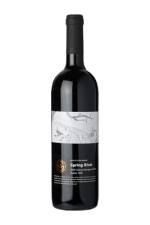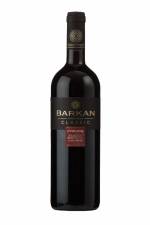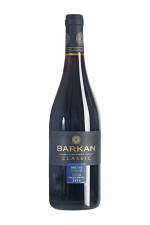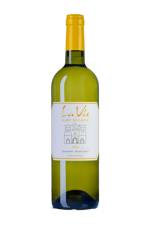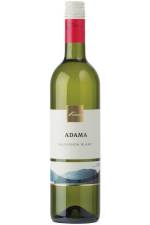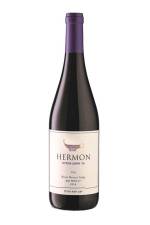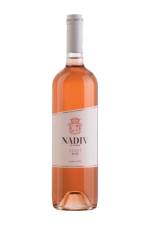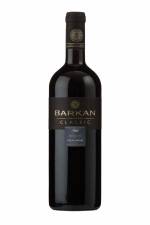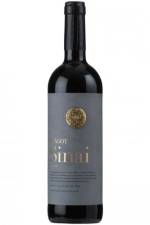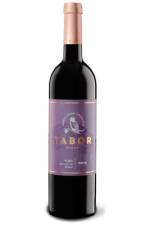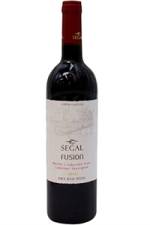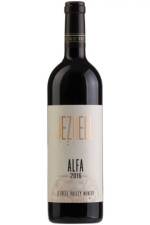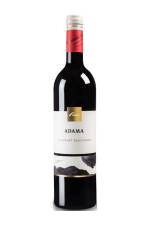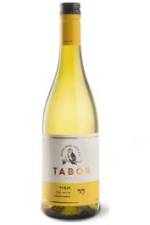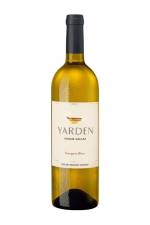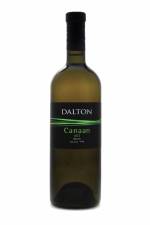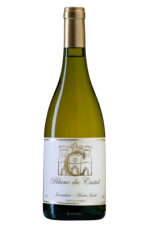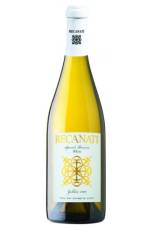Israel is roughly equal in size to the state of New Jersey and is bordered by Lebanon and Syria to the north/north east, the Mediterranean Sea to the west, the deserts leading to the border with Egypt to the south west. Today, Israeli winemaking takes place in five vine-growing regions: Galil (the region most suited for viticulture due to its high elevation, cool breezes, marked day and night temperature changes and rich, well-drained soils), the Judean Hills, Shimshon (located between the Judean Hills and the Coastal Plain), the Negev (a semi-arid desert region, where drip irrigation has made grape growing possible), and the Sharon plainnear, which is the largest grape growing area in Israel. A primary concern in Israeli wine production is maintaining acid levels to balance the naturally high sugars that the warm climate of the region produces. Vineyards at higher elevations, as opposed to the lower coastal plains, have more consistently produced wines with the necessary acid balance. Cabernet Sauvignon has shown the greatest aging potential thus far. For most of its history in the modern era, the Israeli wine industry was based predominately on the production of Kosher wines which were exported worldwide to Jewish communities. The quality of these wines were varied, with many being produced from high-yielding vineyards that valued quantity over quality. Many of these wines were also somewhat sweet. Israeli wine is produced by hundreds of wineries, ranging in size from small boutique enterprises to large companies producing over ten million bottles per year. The country has also seen the emergence of a modern wine culture with upscale restaurants featuring international wines dedicated to an ever increasing wine-conscious clientele.

